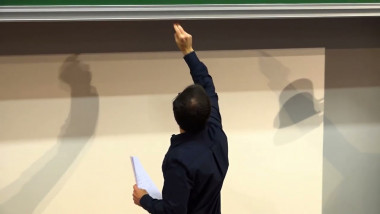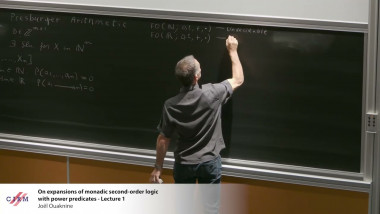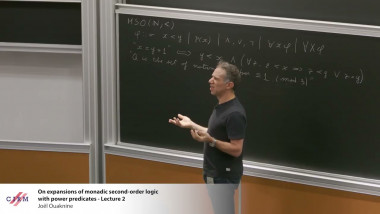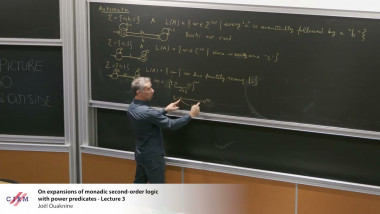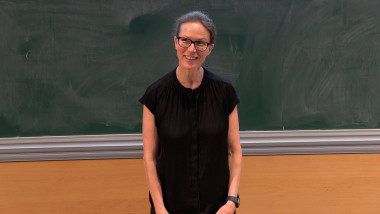Appears in collection : Arithmetic, Geometry, Cryptography and Coding Theory / Arithmétique, géométrie, cryptographie et théorie des codes
In this talk I will describe a systematic investigation into congruences between the mod $p$ torsion modules of elliptic curves defined over $\mathbb{Q}$. For each such curve $E$ and prime $p$ the $p$-torsion $E[p]$ of $E$, is a 2-dimensional vector space over $\mathbb{F}_{p}$ which carries a Galois action of the absolute Galois group $G_{\mathbb{Q}}$. The structure of this $G_{\mathbb{Q}}$-module is very well understood, thanks to the work of J.-P. Serre and others. When we say the two curves $E$ and $E'$ are ”congruent” we mean that $E[p]$ and $E'[p]$ are isomorphic as $G_{\mathbb{Q}}$-modules. While such congruences are known to exist for all primes up to 17, the Frey-Mazur conjecture states that p is bounded: more precisely, that there exists $B$ > 0 such that if $p > B$ and $E[p]$ and $E'[p]$ are isomorphic then $E$ and $E'$ are isogenous. We report on work toward establishing such a bound for the elliptic curves in the LMFDB database. Secondly, we describe methods for determining whether or not a given isomorphism between $E[p]$ and $E'[p]$ is symplectic (preserves the Weil pairing) or antisymplectic, and report on the results of applying these methods to the curves in the database.
This is joint work with Nuno Freitas (Warwick).
